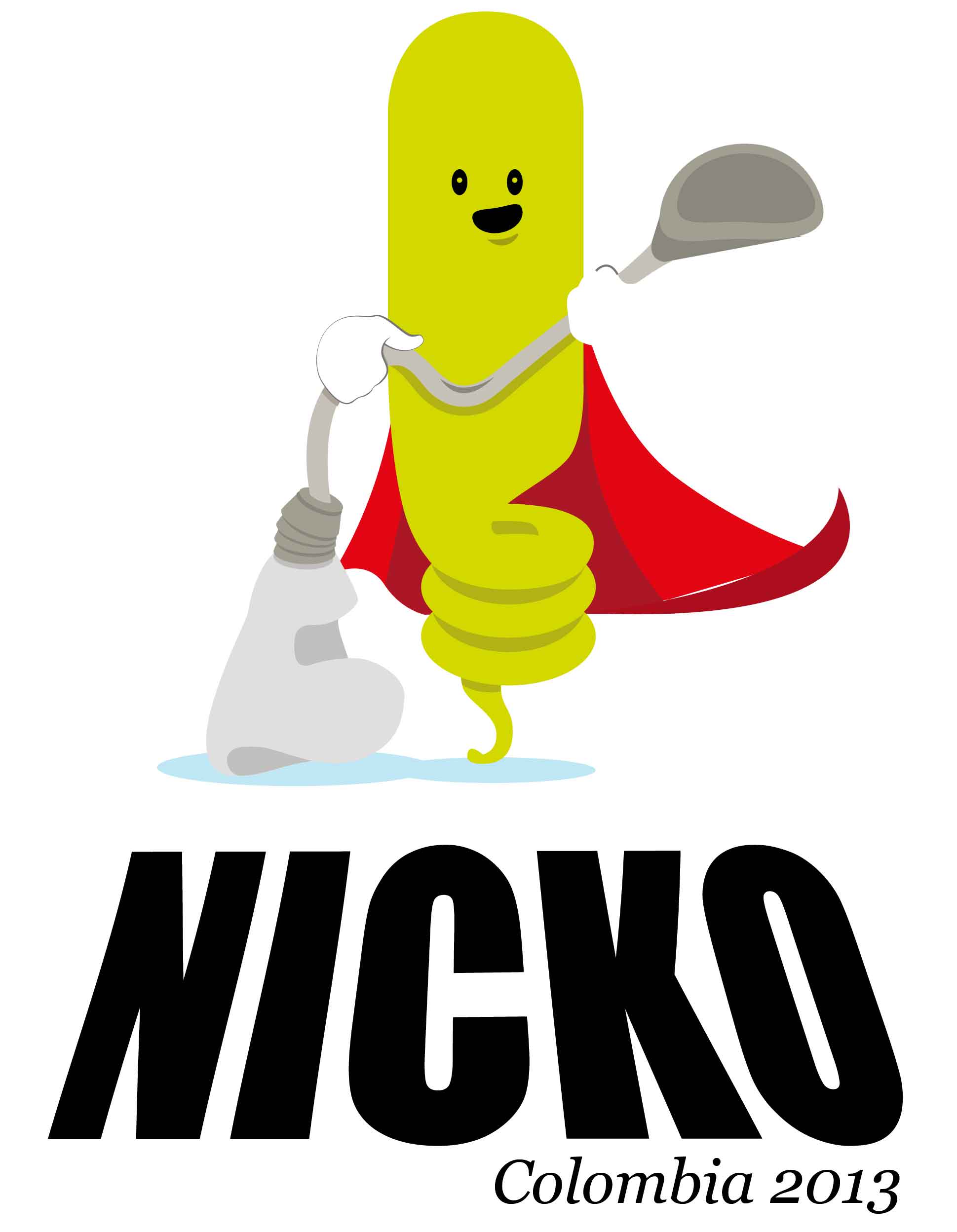Team:Colombia Uniandes/Project
From 2013.igem.org
Contents |
ColombiaSuperProyects!
Our Stress Sensor! Glucocorticoid based
Glucocorticoids are hormones present in mammals that undergo changes in concentrations when the animal is under stressful stimuli. These hormones can be measured in blood plasma, urine, saliva and hair. Chemical methods are used to measure these hormones for veterinary and agricultural use, but these methods require expensive equipment and a capacitated technician which makes it uncomfortable and useless in the field.
Our aim is to create a glucocorticoid sensor that is able to discern between basal levels and stress levels of glucocorticoid hormones in a sample with an easily recognizable signal, such as color, to allow the sensor to be used in the field, household or the laboratory.
Our Nickel Absorption System!
Nickel is silvery-white, hard, malleable, and ductile metal. Now days the major use of nickel is in the preparation of alloys which are characterized by strength, ductility, and resistance to corrosion and heat, such as stainless steel. Other uses are rechargeable batteries, catalysts and other chemicals among others. Most nickel on Earth is inaccessible; this is why the metal is mined in Russia, Australia, Cuba, Canada, Colombia, Venezuela and South Africa.
As a result of this activity all kinds of water bodies are being contaminated with metals of this nature, Colombia, is one of the many affected. In small quantities nickel is essential, but when the uptake is too high it can be a dangerous to human health bringing many types of cancer, birth defects, abortions, asthma, allergic reactions such as skin rashes or “nickel-itch”, and many other conditions as its consequences.
Responding to these concerns, we have designed a bacterium which would be capable of absorbing the nickel in its interior using the internal regulating system of nickel belonging to the E. coli, to later be removed magnetically, using the property from Magnetospirillum magneticum AMB-1 which will be used as our final chassis.
Design: Project Parts!
Glucocorticoid sensor
Our construct
We plan to use the baker's yeast, Saccharomyces cerevisiae, as a chassis for a plasmid which will contain a chimeric protein used as a transactivating factor in a biosensor with a colored reporter.
The Chassis
We chose S. cerevisiae as the chassis because one of the most important parts of our fusion protein, the glucocorticoid receptor hormone binding domain (GCR HBD) is eukaryotic, therefore we wanted an easy to use, easy to grow, eucaryotic vector to express our protein and build our biosensor.
The Chimera
The glucocorticoid receptor (GCR) from mammals contains three domains necessary for stress hormone related gene transcription, the hormone binding domain (HBD), the DNA binding domain (DNA-BD) and the gene transactivating domain (GTD).
However, for our construct's performance we used a chimeric protein. Just as the mythological creature made from fused parts from a lion, a goat and a snake, we created a chimeric protein using three domains from different organisms.
We used the glucocorticoid receptor hormone binding domain (GCR HBD) which came from a rat to recognize our hormones of interest. However, we replaced the other two domains with the herpesvirus gene transactivating domain (HV-GTD) and the yeast's DNA binding domain from GAL4. These two new domains have the advantage of being already used, characterized and being highly efficient. The HV-GTD is a highly efficient transactivating domain, recognized to be several orders of magnitude better than the GCR-GTD.
Tester Construct
| pBAP2 | Extracted |
| GAL4 | Extracted |
| VP16 | Extracted |
| GCR | Extracted |
| Yeast Terminator | In progress |
| pGAL1 | Extracted |
| mCherry | Extracted |
| pBAP2 + GAL4 | Fused |
| VP16 + GCR | Fused |
| VP16 + GCR + yeast Terminator | Stand by |
| pBAP2 + GAL4 + VP16 + GCR + yeast Terminator | Stand by |
| pGAL1 + mCherry | Fused |
*Updated as of July 27.
Nickel Removal System
Our construct
Using the nickel homeostatic system of E. coli and Ralstonia metallidurans, we will be able to create a system capable to detect and absorb nickel, to later be removed magnetically, using the magnetotactic property from Magnetospirillum magneticum AMB-1 which will be used as our final chassis.
Explanation?
Prcnr is a constitutive promoter, constantly producing RcnR protein which represses PrcnA. When there is nickel in the media RcnR alters its form, making it impossible to bind PrcnA, activating the production of the HoxN protein. This last protein is an efficient nickel transporter form Ralstonia metallidurans that places in the membrane allowing the income of the metal into the cell.
Acording to the above, our system is recensusing for nickel everytime, and when this metal is detected, it is absrobed and consequently further increases its absorption.
Our chassis
We chose Magnetospirillum magneticum AMB-1 as a final chassis this organism has the particularity to produce “magnetosomes” which are vesicles that contain 15 to 20 magnetite crystals that together act like a compass needle to orient magnetotactic bacteria in geomagnetic fields. This property, will allow us to eliminate the bacteria from water with a simple magnetic field.
Reporter for PrcnA
In order to check PrcnA obtained works in the presence of nickel, we will have to build the construct with GFP replacing hoxN gene, as shown below.
Our work in progress!
| PrcnR | Extracted |
| rcnR | Extracted |
| PrcnA | In progress |
| hoxN | Extracted |
| GFP | Stand by |
- Updated July 15
 "
"








